Table of Contents
- Introduction to Chile and Its Culinary Magic
- Types of Chile Peppers and Their Heat Levels
- Essential Tips for Cooking with Chile
- Chile Recipe Ideas You Can't Miss
- Buying Guide: Choosing the Best Chile for Your Needs
- Frequently Asked Questions About Chile Recipes
- Conclusion: Embrace the Heat and Flavor
Introduction to Chile and Its Culinary Magic
When it comes to adding a fiery kick to your meals, chile peppers are the ultimate flavor boosters. Whether you're a seasoned spice enthusiast or just starting to explore the world of hot peppers, understanding the basics of chile recipes can elevate your cooking game in no time. From sizzling street food to bold sauces, chile is a versatile ingredient that brings both heat and depth to any dish.
But what exactly makes chile so special? It all starts with capsaicin, the compound responsible for that mouth-burning sensation. While some people shy away from the heat, others crave it—making chile a true polarizing ingredient. In this guide, we'll walk you through everything you need to know about chile, including how to use it in recipes, which varieties to choose, and why it's a must-have in every kitchen.
Types of Chile Peppers and Their Heat Levels
Not all chile peppers are created equal. Some are mild and sweet, while others can leave you reaching for water like it's the last drop on Earth. Understanding the different types of chile can help you choose the right one for your recipe and taste preferences.
| Chile Pepper | Heat Level (Scoville Units) | Flavor Profile | Best Uses |
|---|---|---|---|
| Jalapeño | 2,500–8,000 | Mild, slightly sweet | Quesadillas, salsa, stuffed peppers |
| Serrano | 10,000–23,000 | Sharp, crisp | Guacamole, salsas, grilling |
| Chipotle | 2,500–8,000 | Smoky, earthy | Barbecue sauce, stews, chili |
| Habanero | 100,000–350,000 | Peppery, citrusy | Hot sauces, marinades, tropical dishes |
| Ghost Pepper | 855,000–1,041,450 | Extremely spicy, fruity | Extreme hot sauces, experimental dishes |
As you can see, there's a chile for every level of heat tolerance. If you're new to the world of chile, start with milder options like jalapeños or serranos. For those who love a real challenge, habaneros and ghost peppers offer an intense experience. Remember, when it comes to heat, it's all about personal preference—and sometimes, a little bravery.
Essential Tips for Cooking with Chile
Using chile in your cooking doesn't have to be intimidating. With a few simple tips, you can make sure you get the perfect balance of heat and flavor without overdoing it.
- Start Small: Even a small amount of chile can pack a punch. Add gradually and taste as you go.
- Wear Gloves: Capsaicin can linger on your hands and cause irritation. Always wear gloves when handling fresh chile peppers.
- Remove Seeds and Membranes: These parts contain the most capsaicin. If you want a milder dish, remove them before chopping.
- Use Fresh or Dried: Both forms have their place. Fresh chile adds brightness, while dried chile delivers more concentrated heat.
- Pair with Creamy Ingredients: Dairy products like yogurt or sour cream can help neutralize the heat and add a nice contrast.
Another great tip is to experiment with chile in unexpected places. Try adding a chopped jalapeño to your morning eggs or using chipotle in a creamy pasta sauce. The possibilities are endless, and the key is to have fun with it.
Chile Recipe Ideas You Can't Miss
Now that you know the basics, let's dive into some delicious chile recipe ideas. Whether you're looking for something quick, spicy, or exotic, there's a recipe here for you.
1. Spicy Avocado Toast with Jalapeño
This healthy and flavorful breakfast option is perfect for anyone who loves a bit of heat. Simply toast a slice of whole grain bread, spread mashed avocado on top, and sprinkle chopped jalapeño for a zesty kick.
2. Salsa Fresca with Serrano Chile
A classic Mexican dip that's easy to make and even easier to enjoy. Combine diced tomatoes, onions, cilantro, lime juice, and finely chopped serrano chile for a fresh and zesty salsa that pairs perfectly with tortilla chips or tacos.
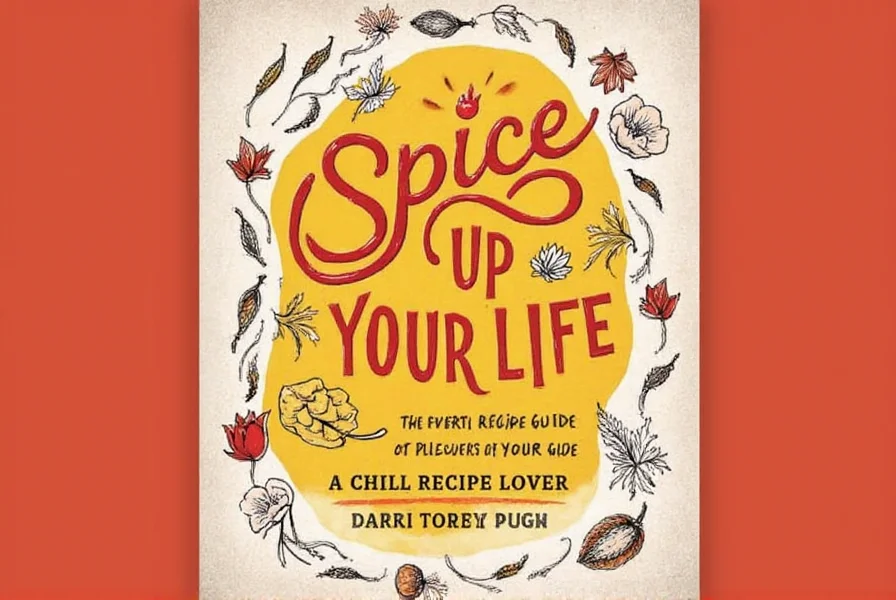
3. Chipotle Chicken Tacos
These tacos are a crowd-pleaser, thanks to the smoky and spicy flavor of chipotle chiles. Slow-cook chicken with a blend of chipotle in adobo, garlic, and cumin, then serve it in warm tortillas with toppings like lettuce, cheese, and crema.
4. Habanero Hot Sauce
If you're ready to take your spice game to the next level, try making your own habanero hot sauce. Blend habanero peppers, vinegar, garlic, and salt, then let it sit for a few days to develop its full flavor. Use it to spice up anything from grilled meats to cocktails.
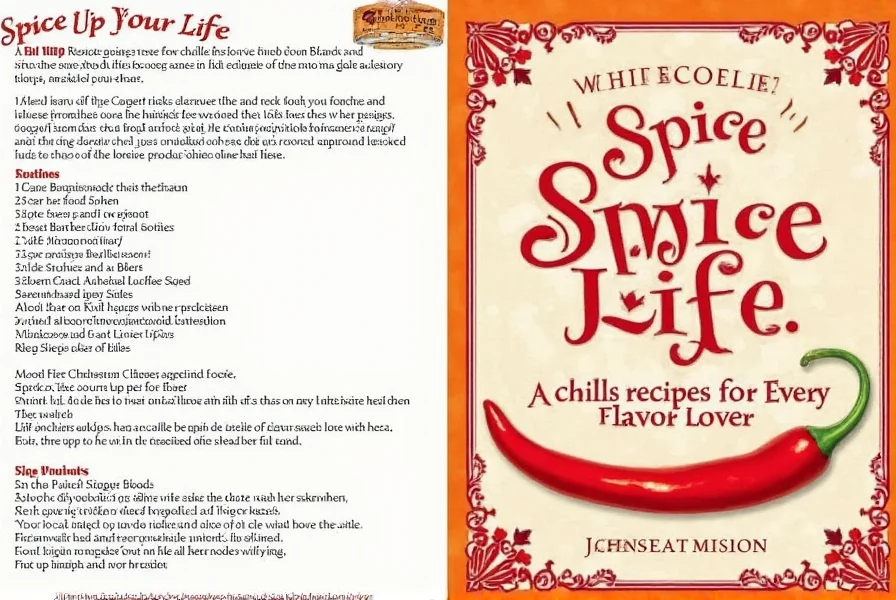
5. Ghost Pepper Chocolate Truffles
For the adventurous foodie, these truffles combine the sweetness of chocolate with the intensity of ghost pepper. Melt dark chocolate, mix in a tiny amount of ghost pepper powder, and shape into balls. They're a bold twist on traditional desserts.
Remember, the best part of a chile recipe is the experience. Don't be afraid to adjust the heat to suit your taste, and always keep a glass of milk or yogurt nearby—just in case.
Buying Guide: Choosing the Best Chile for Your Needs
Whether you're shopping at a local market or browsing online, selecting the right chile peppers can make a big difference in your cooking. Here's a breakdown of some popular chile products and what makes them unique.
1. Fresh Chile Peppers
Available in most grocery stores, fresh chile peppers are ideal for those who prefer to handle their own ingredients. Look for firm, shiny peppers with no soft spots or blemishes. Popular choices include jalapeños, serranos, and habaneros.
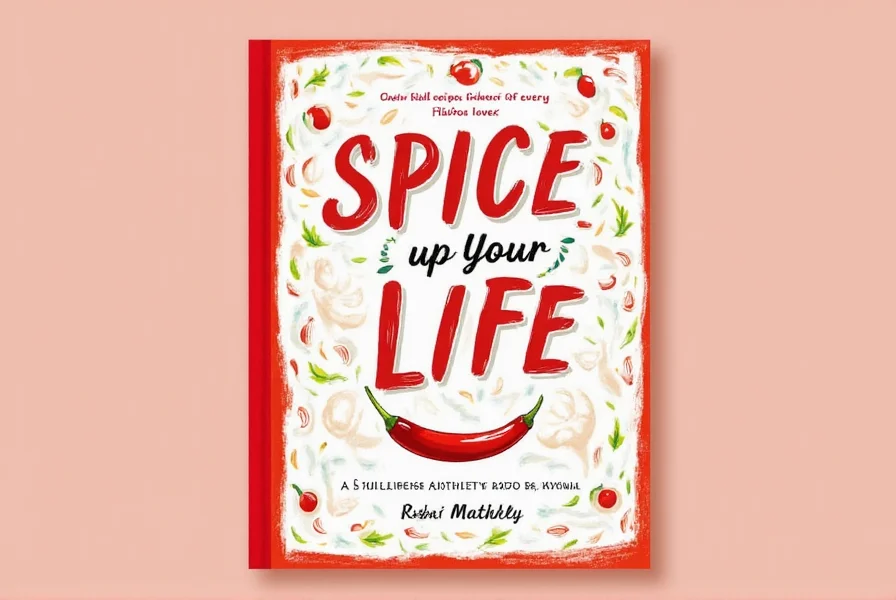
2. Dried Chile Peppers
Dried chile peppers are perfect for adding depth and smokiness to dishes. They come in various forms, such as ancho, guajillo, and arbol. These are great for making salsas, moles, and spice blends.
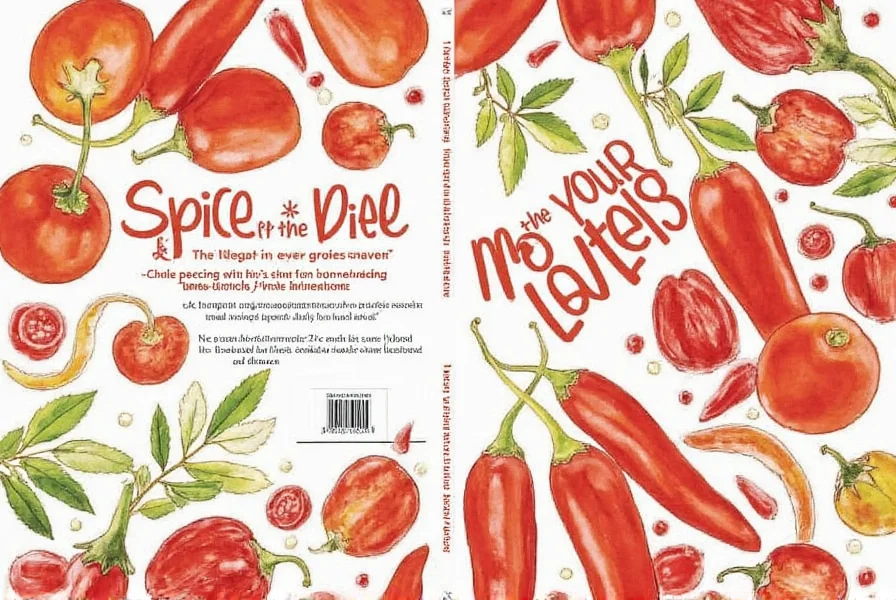
3. Chile Powder
Chile powder is a convenient way to add heat to your recipes without the hassle of chopping. It's commonly used in Mexican and Indian cuisines. Choose from mild to extremely hot varieties depending on your preference.
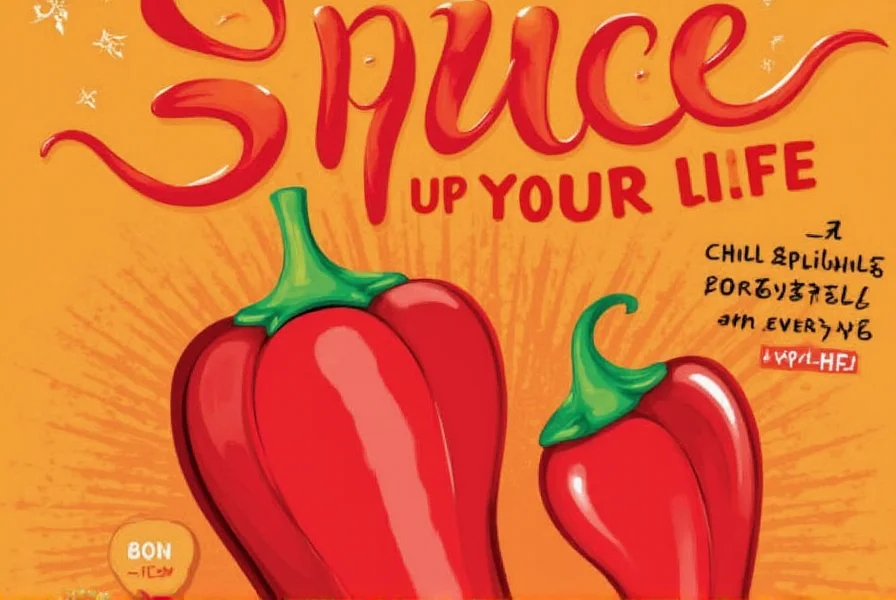
4. Chile Paste
Chile paste, often made with ground chile, garlic, and oil, is a staple in many kitchens. It's ideal for making sauces, marinades, and dips. Look for pastes that are smooth and free of added preservatives.
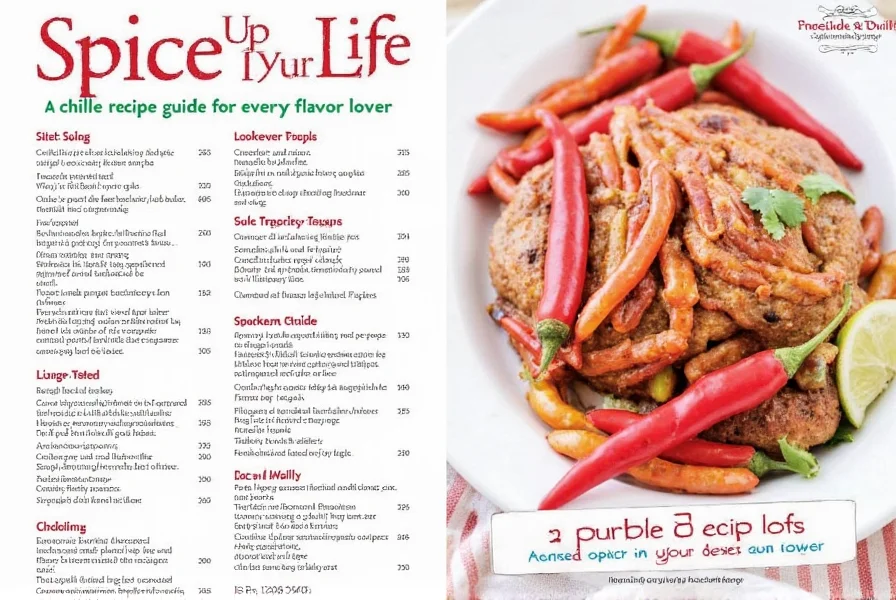
5. Pre-Made Chile Sauces
If you're short on time, pre-made chile sauces can save the day. Brands like Tabasco, Frank's RedHot, and Sriracha offer a range of heat levels and flavors. These are great for drizzling over food or mixing into dressings and marinades.
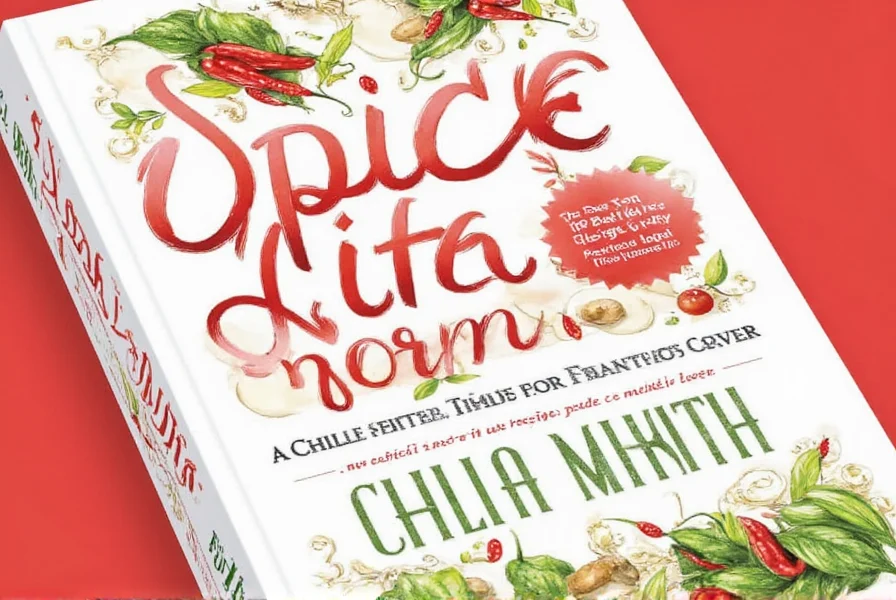
Each of these options has its own advantages, so choose based on your recipe needs and personal taste. If you're making a chile recipe that calls for fresh chile, opt for the freshest available. For long-term storage, dried chile or powder is the way to go.
Frequently Asked Questions About Chile Recipes
What's the difference between mild and hot chile peppers?
The heat level in chile peppers is measured in Scoville Heat Units (SHU). Mild peppers like poblanos (1,000-2,000 SHU) and jalapeños (2,500-8,000 SHU) provide a gentle warmth, while hot peppers like habaneros (100,000-350,000 SHU) and ghost peppers (855,000-1,041,450 SHU) deliver intense heat. The difference comes from the concentration of capsaicin, the compound responsible for the burning sensation.
How can I reduce the heat in a chile recipe that's too spicy?
If your chile recipe turns out too spicy, try these remedies: add dairy products like yogurt or sour cream (the casein helps neutralize capsaicin), incorporate sweetness with honey or sugar, add acid like lime juice, or increase the volume of non-spicy ingredients. Remember that heat intensifies as the dish cooks, so adjust carefully near the end of cooking.
What are some beginner-friendly chile recipes?
Great starter recipes include jalapeño poppers (mild heat with creamy filling), simple salsa with seeded jalapeños, chipotle mayo for sandwiches, or roasted poblano pepper soup. These recipes allow you to experience chile flavor without overwhelming heat, and you can easily adjust the spice level to your comfort.
How should I store fresh chile peppers?
Store fresh chiles in the crisper drawer of your refrigerator for up to 2-3 weeks. For longer storage, slice and freeze them in airtight containers (they'll last 6-8 months). Dried chiles should be kept in airtight containers away from light and heat. You can also preserve chiles by pickling or making them into sauces.
Can I substitute one type of chile for another in recipes?
Yes, but be mindful of heat differences. As a general rule: 1 jalapeño = 1 serrano (though serranos are hotter), 1 habanero = 3-4 jalapeños. When substituting, start with less than the recipe calls for and adjust to taste. Remember that different chiles also offer unique flavor profiles beyond just heat.
What safety precautions should I take when handling hot chiles?
Always wear gloves when handling hot chiles, especially super-hots like ghost peppers. Avoid touching your face, especially eyes. Work in a well-ventilated area as cutting hot chiles can release irritating fumes. After handling, wash hands thoroughly with soap and water (or use a grease-cutting dish soap which helps remove capsaicin). Never use plastic bags as gloves - capsaicin can penetrate them.
Conclusion: Embrace the Heat and Flavor
Chile is more than just a spicy ingredient—it's a flavor enhancer that can transform any dish. Whether you're making a quick salsa, a smoky taco filling, or a daring dessert, there's a chile recipe out there for you. By understanding the different types of chile, learning how to use them, and choosing the right products, you can confidently explore the world of spicy cooking.
So, the next time you're in the kitchen, don't be afraid to reach for that chile. After all, life is too short for bland food. Spice it up, and let your taste buds take the journey!
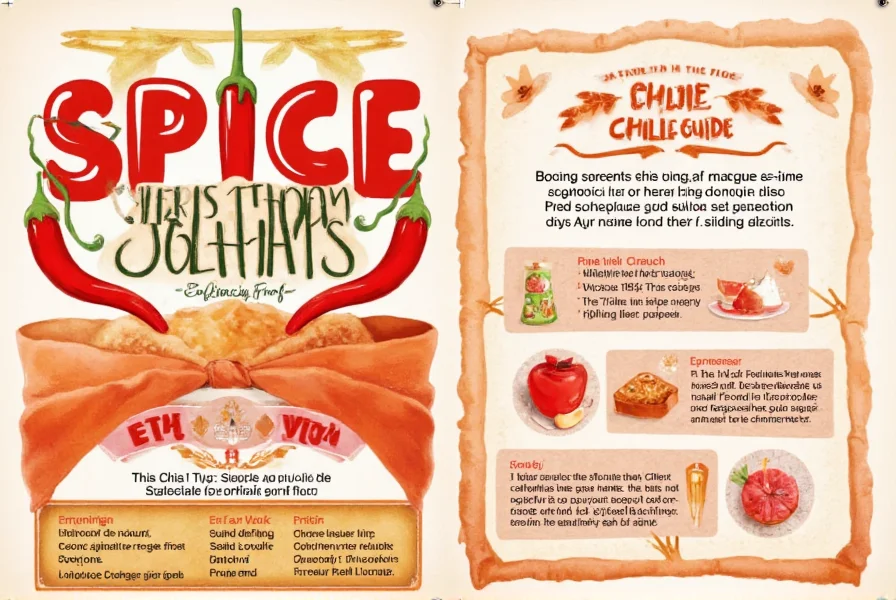
And remember, the key to a great chile recipe is balance—between heat, flavor, and creativity. Keep experimenting, keep tasting, and most importantly, keep enjoying the magic of chile.

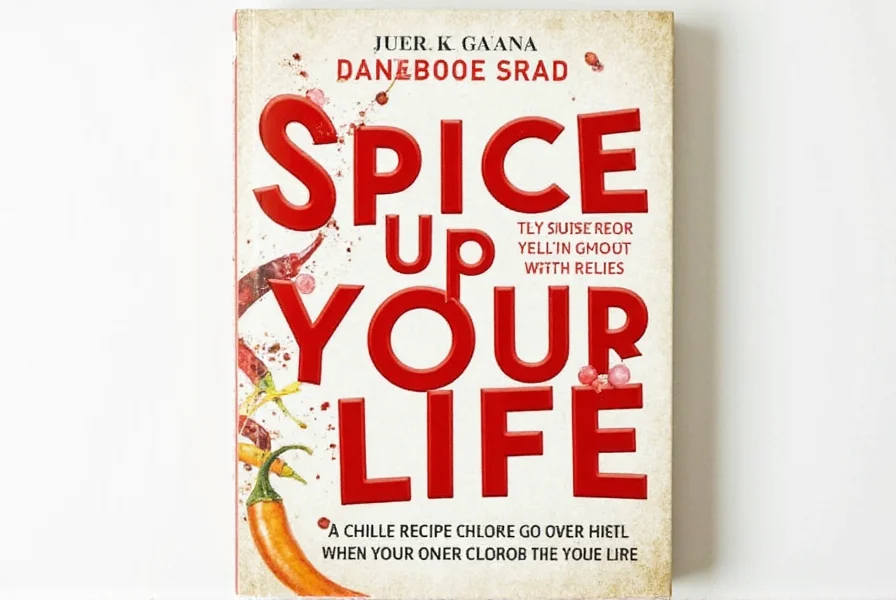









 浙公网安备
33010002000092号
浙公网安备
33010002000092号 浙B2-20120091-4
浙B2-20120091-4